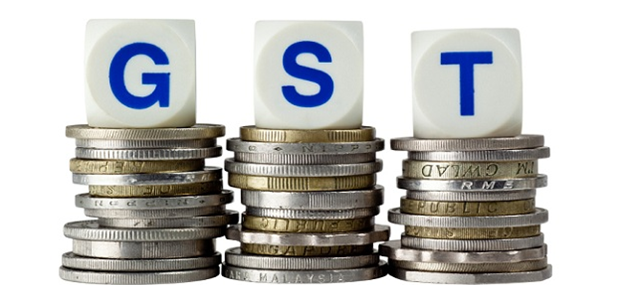GST is a kind of value added tax at the national level and is also a comprehensive indirect tax that is levied on manufacture, sale and consumptions of goods as well as services. It has replaced all the indirect taxes levied on the goods and services by the Indian central and state governments. The GST has been considered as the biggest tax reform in the country in terms of improving India’s indirect tax structure since the economy opened up about twenty five years ago and opting for business finance became easier.
 According to the Indian constitution, the power of taxation can rest both with the state as well as with the center and there are areas which can be exclusively taxed by them. Before the GST was introduced in India, the problem with the scenario was that at first, during the initial phase of any kind of production, a tax was implemented by the Central Government, often known as Tax at the Factory Gate, and again, by the time it reached the end user, another round of taxes have to be paid like the VAT or the value added taxes, which is the tax on consumption. Hence, the two taxes went into the final price and that made compliance cumbersome.
According to the Indian constitution, the power of taxation can rest both with the state as well as with the center and there are areas which can be exclusively taxed by them. Before the GST was introduced in India, the problem with the scenario was that at first, during the initial phase of any kind of production, a tax was implemented by the Central Government, often known as Tax at the Factory Gate, and again, by the time it reached the end user, another round of taxes have to be paid like the VAT or the value added taxes, which is the tax on consumption. Hence, the two taxes went into the final price and that made compliance cumbersome.
GST aims to remove all sorts of taxation barriers between states and created a single market which is open to all to buy, sell, import and export within the country. GST made the common man benefit in two ways. All the taxes are directly collected at the point of consumption. Now if a product is taxed a particular percentage, it would include both the governments and the state taxes. When tax barriers are removed between states, the consumers would not need to end up paying tax on taxes and that is what happens goods move across states. A GST calculatorcan be used to understand this better.
As an example, it could be said that a manufacturer of shirts buy raw materials to weave a cloth- thread, button, tailoring equipments that costs Rs 100 and that includes a tax of Rs 10. The VAT added to him was Rs 30. The gross value of shirt becomes Rs 130 and the tax on output will be Rs 13. But under GST, But under GST, he can set off this tax Rs 13 against the tax, as he has already paid on raw material and inputs Rs 10. Therefore, the effective GST incidence on the manufacturer is only Rs.3 this way Rs.13-10, making GST a tax only on the value added.
Stage 2 goes through stages where the good passing from manufacturer to wholesaler, then to a service provider. The wholesaler would add another Rs 20 for his profit and the value of the product becomes Rs 150. The tax would come to Rs 15 but under GST, the tax that can be set off against this is output Rs 15 against the tax on his purchased good from the manufacturer Rs 13. Thus, ultimately the effective GST incidence on the wholesaler is only Rs.2 (15 – 13).
In stage 3, when the retailers buy from the wholesaler, he adds a margin of Rs 10 and the price will go up to Rs 160 and the tax to Rs 16. By setting off this tax (Rs.16) against the tax on his purchase from the wholesaler (Rs 15), the retailer brings down the effective GST incidence on himself to Rs.1 (16 –15).
Hence, it can be said that GST has made the indirect taxation system in India a lot better. One could use a GST Calculator to see how much GST they have to pay.
Author: Nishant is a passionate blogger. He has a very diversified skill of amazing artwork like Card Making, Painting and Crafting. He loves keeping himself up-to-date with the news and happenings around. He is always open to learning and shares his experiences on Greetings of the Day.
Leave a Reply